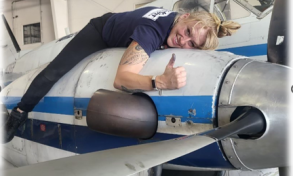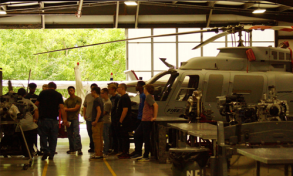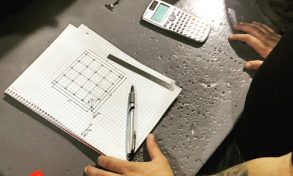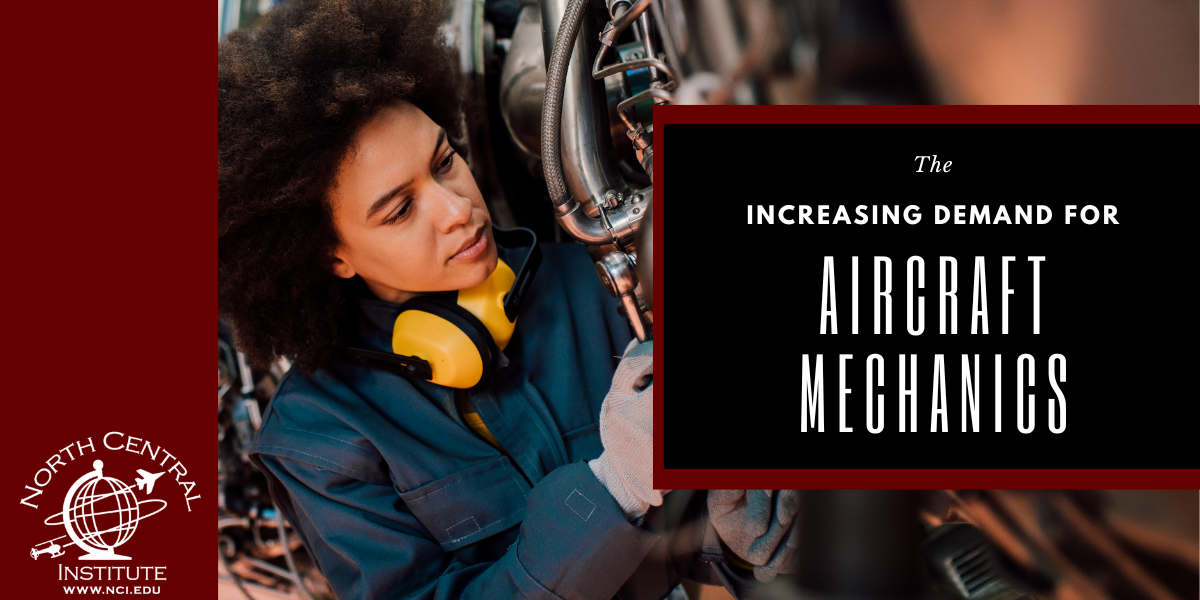Although most industries took a hit because of COVID-19, the world is starting to bounce back. Those industries that were already experiencing shortages before the pandemic began are still looking for legions of employees to add to their ranks. One of these industries, as you’d expect, is the aviation industry. We hear about pilot shortages in the news all the time, but they aren’t the only sector of aviation that is experiencing this. The aviation industry is in severe need of aviation maintenance technicians (AMTs).
Increase in Air Travel
Air travel especially took a hit during the pandemic. With countries closing their borders and cancelling flights, aviation came to a grinding halt. However, even though pilots and cabin crew weren’t needed, all the personnel it takes to repair and maintain aircraft were. Aircraft mechanics were needed to ensure planes and helicopters were still ready to go and stayed in top condition, even after long months spent in storage.
Now that there is once more an increase in air travel, aircraft mechanics are needed to ensure the safety of pilot, crew, and passengers on a daily basis. This increase in air travel is also due in part to economic factors such as increasing GDP and personal income.
Retirement Expectancies
Most AMTs are seasoned veterans that have been repairing aircraft for years. As it comes time for them to retire, there aren’t enough younger aircraft mechanics entering the field. During the pandemic, when airlines were taking a financial hit, they offered senior mechanics and technicians buyouts to retire early. It is estimated that the industry will need 600,000 new technicians over the next decade.
New Technology Means New Skills
As technology continues to advance, new skill sets are needed in this industry that hasn’t really changed that much over the years. Since the first successful airplane flown by the Wright Brothers, AMTs like Charles Taylor have been working on the body and engine of aircraft. These can also be referred to the airframe and powerplant.
- Airframe- the mechanical structures of the plane (wings, fuselage, undercarriage)
- Powerplant- the aircraft’s engine (either a reciprocating engine or turboprop engine)
However, there have been great advances in navigational instruments, and even passenger entertainment. These are all systems that aircraft mechanics must be able to fix when they go wrong. Although the older generation of AMTs is more than equipped to handle these new hurdles, younger generations entering the industry are able to have these new skills taught to them in their regular curriculum at accredited AMT schools just like NCI.
If you’re interested in entering this growing field and getting your career off the ground, contact NCI today!










